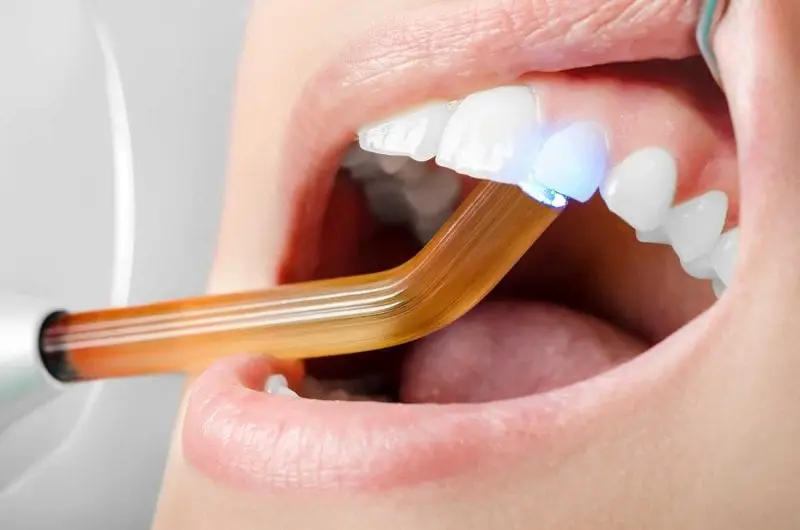When you’re missing a tooth, it’s easy to become self-conscious about smiling. But thanks to dental restoration procedures, you have options to restore your smile. Cement dental restoration and screw-retained dental restoration are two ways to get it done and restore your dental implants. However, there are some key benefits that differentiate the two options. Choosing the best tooth restoration option that fits your needs will depend on a variety of conditions, including how well the restoration method performs and how easy or difficult it is to retrieve. Read on to discover the best option for you:
Cement Dental Restorations
Cement base is used under your filling. It helps to replace your missing tooth and is ideal for creating crowns. But the crowns can get loose over time. Cement dental restorations are often the preferred dental restoration techniques of many dentists to help fix this issue for crown and dental implant maintenance. That’s because this type of dental restoration has been around for years and comes with a host of benefits. Thus, dentists are used to this traditional way of restoring missing teeth. For example, your dentist can easily create a temporary crown when using cement dental restorations. It’s also an ideal option for individuals who chew excessively or for restoring a tooth in the back of the mouth where the opening of the mouth is limited. It also doesn’t require an access hole. However, cemented dental restorations may be more challenging to remove than screw-retained dental restorations if strong cement is used.
Screw-Retained Dental Restorations
Unlike cement dental restorations, this type of dental restoration procedure uses a screw to hold the tooth in place. It also has a few key benefits worth considering, including:
- Better control and retrievability. When your dentist uses the screw-retained dental restoration method, you can count on enhanced retrieveability that outdoes crown dental restorations. That’s because the teeth are not damaged when the crown is removed. Screw-retained restorations also provide better control on the implant’s hygiene than cement dental restorations. Moreover, if your crown chips or cracks, a screw-retained dental restoration is easier to manage.
- No residual cement. Screw-retained restorations don’t leave residue behind, the way that cement dental restorations do. That means less mess and implant-linked gingivitis to worry about.
- Simple re-tightening and removal process. If your crown gets loose or your custom tooth needs to be removed, there’s no need to worry with a screw-retained dental restoration. It’s simple to tighten and remove thanks to its non-invasive nature.
Keep in mind that screw-retained dental restorations aren’t without limitations. This type of dental restoration procedure requires an access hole, while cement restorations do not. The performance of this dental restoration procedure depends on the angle and orientation of the implant, and it can also be less appealing than cement dental restorations.
Final Thoughts
You don’t have to hide your smile due to a missing tooth, and maintaining the implants of your custom replacement tooth is simple with the right dental restoration. It’s important to consider the advantages and disadvantages of both screw-retained and cement dental restoration options before committing to one procedure. A knowledgeable dental professional can help you make this critical decision. DentalSave offers dental plans that help you find a dentist who is qualified and experienced with dental restorations.




